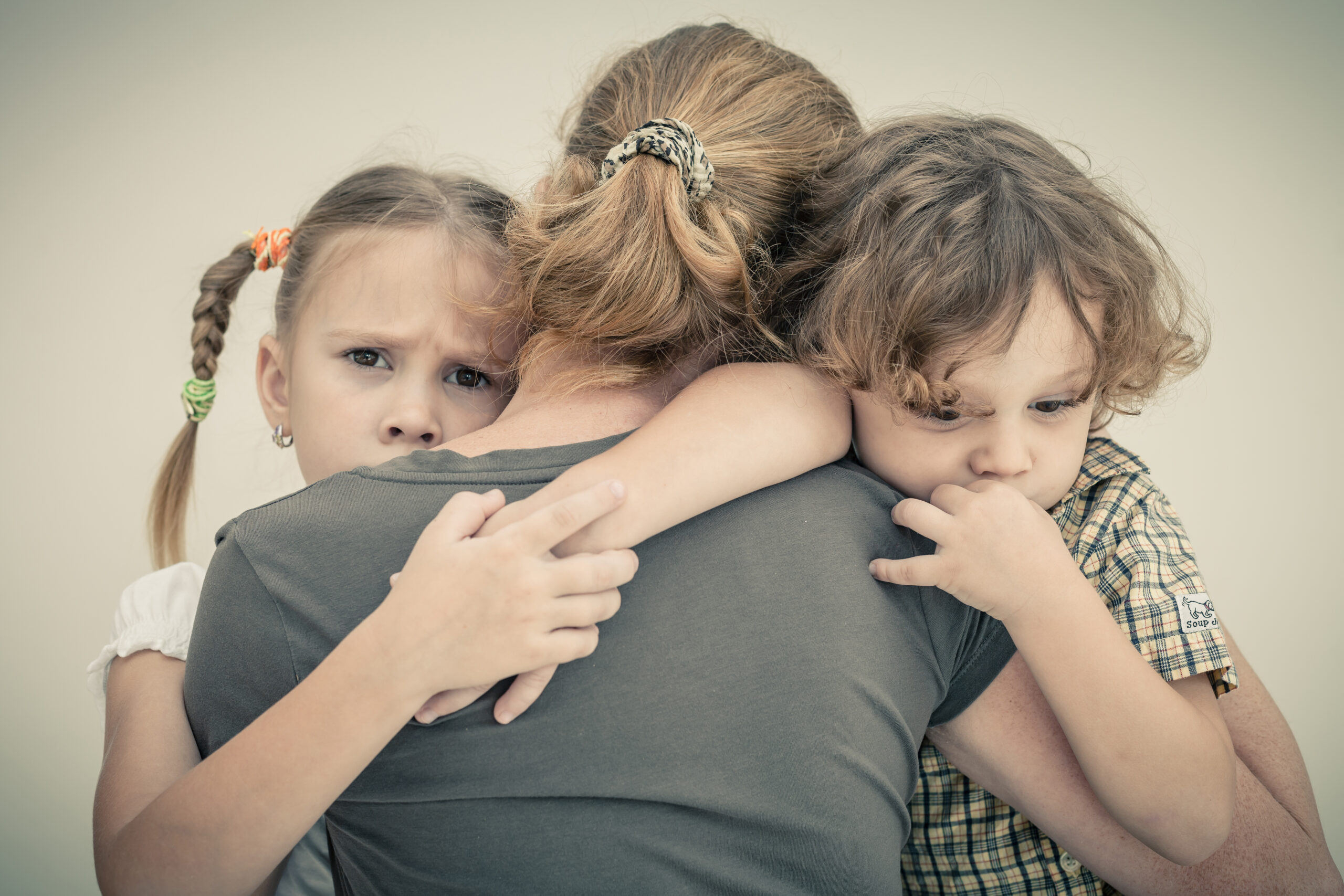The adverse childhood experiences study was a study conducted
on approximately 17,000 adults aged an average of 57 years old, that examined
the relationship between 10 categories of adverse and traumatic experiences in
the first 18 years of life and physical health, mental health and social
functioning outcomes. While it was common for people to have a score in at
least one category of adverse childhood experience (ACE), two thirds reported
scores in two or more categories, and one in six respondents had scores in four
or more categories.
The study revealed that adults with high ACE scores were
more likely to engage in behaviours that placed their health at risk, including
alcohol and drug abuse, having multiple sex partners, cigarette smoking, and
compulsive eating leading to obesity. Behaviours such as these are often negative
coping mechanisms employed by the adult to deal with experiences such as emotional
pain, anxiety, anger, and depression related to unresolved adverse childhood
experiences. Adults with scores of 6 or more had a decreased life expectancy of
approximately 20 years compared with those with lower scores, and a score of 7
or more was associated with a significantly higher risk of suicide.
The study also highlighted increased risk of disease amongst
those that had high scores but did not engage in health-risk-taking behaviours.
These participants were found to be more susceptible to stress related illness,
as long-term exposure to chronic stress has been suggested to overstimulate the
brain and body, weaken the immune system, and increase the risk of developing
cancer and autoimmune disease.
The 10 categories of ACEs identified include:
While the statistics paint a dire picture for those affected, it is possible to work to minimise contributing factors by replacing negative coping mechanisms with positive ones, and learning techniques to reduce the effect of chronic stress.
